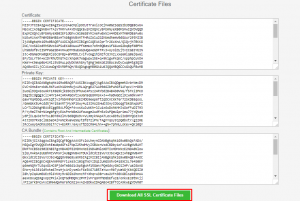


When you enter your password, nothing is displayed in the terminal, so it can be easier to paste in the initial password. If you haven’t added SSH keys, you’ll be prompted for your password: 's password: If you’ve added SSH keys, you’ll connect to the Droplet immediately (or after entering the passphrase for your key pair). The next part of the connection process is authentication. If this happens, you can delete the old Droplet’s host key from your local system with the command ssh-keygen -R 203.0.113.0 and then reconnect. If the new Droplet gets assigned the same IP address as the Droplet that was destroyed, the host key of the old server is stored and conflicts with the new host key. This happens most often when you’ve destroyed a Droplet immediately before creating and trying to connect to a new one. It is also possible that a host key has just been changed. Someone could be eavesdropping on you right now (man-in-the-middle attack)! You may receive an intimidating-looking remote host identification warning: WARNING: REMOTE HOST IDENTIFICATION HAS CHANGED! IS POSSIBLE THAT SOMEONE IS DOING SOMETHING NASTY!


 0 kommentar(er)
0 kommentar(er)
